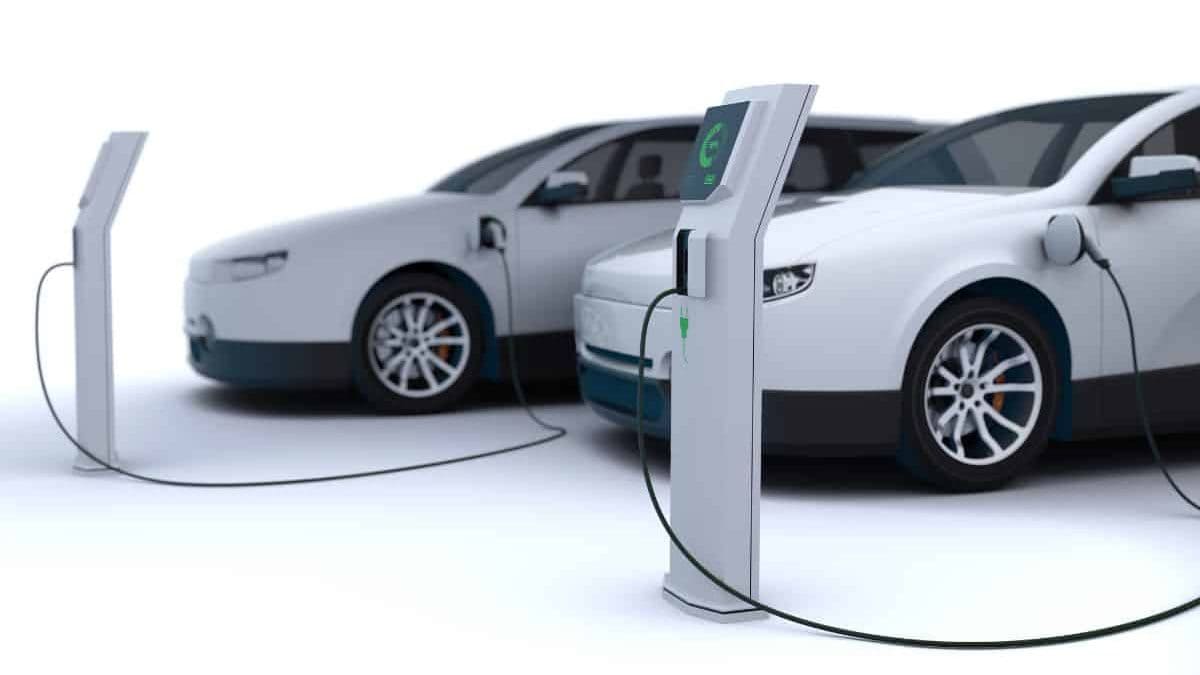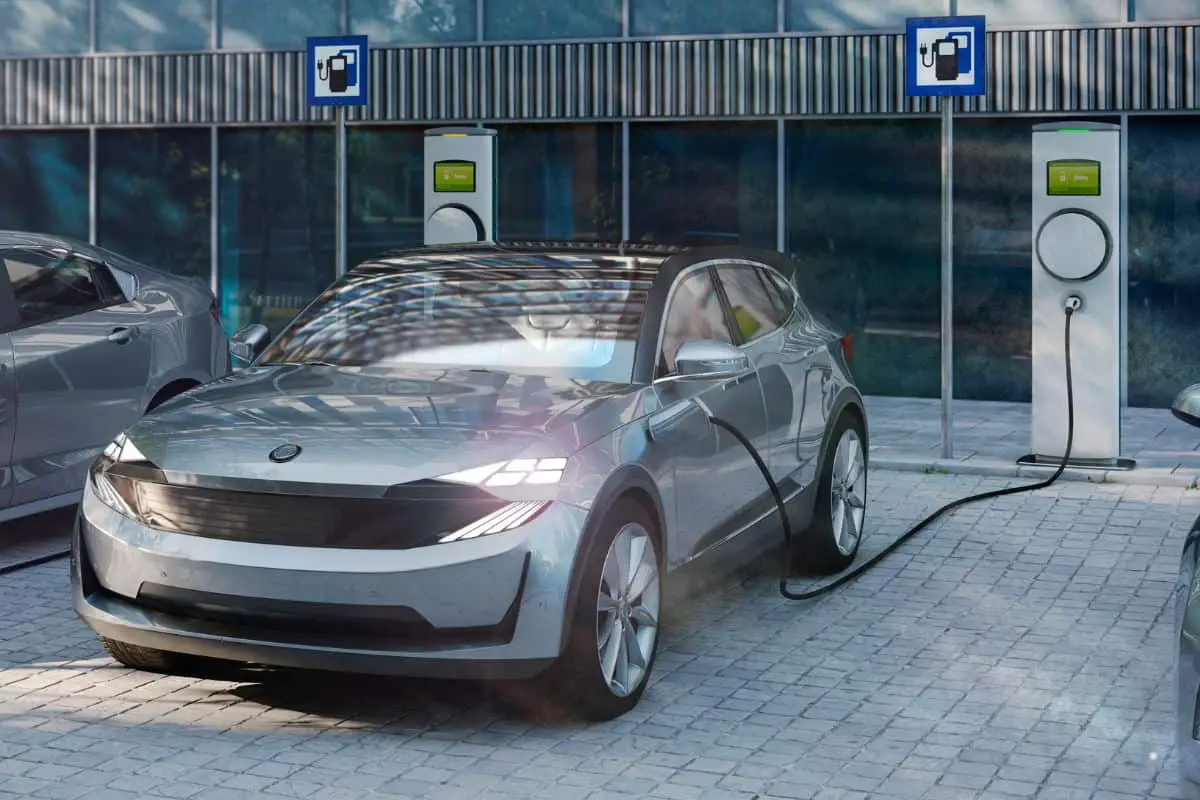A push toward more electric vehicles and less reliance on fossil fuels has brought the issue of sustainable driving to the forefront.
Are electric vehicles as green as we think or are we storing up problems for the future?

We take a look at how green electric vehicles really are and examine some of the facts behind the myths.
Electric Vehicle Basics
An electric vehicle is one that relies either solely on electric power via a battery or has an electric motor combined with a combustion engine.
A plug-in hybrid or conventional hybrid is an example of the latter. An all-electric vehicle has only an electric motor and no internal combustion engine.
Are They Worse Or Better For The Environment?
Compared to gasoline cars, are electric vehicles better or worse for the environment? There are several areas to consider.
Source Of Power For Charging
All electric vehicles or plug-in hybrids need to charge their batteries in order to function. This can be done at home or in commercial charging stations.
The power for both of these has to be generated, and it is this that some say makes electric cars less green than advertised.
Most electricity in the United States is generated by natural gas, nuclear energy, and coal.
Only 20% of the power for the country is generated from renewable sources such as solar, hydroelectric, wind, and geothermal.
However electric vehicles have a smaller carbon footprint than gasoline powered cars even when taking into account the power needed to charge them.
While the electricity needed for charging produces pollution, an all-electric vehicle has zero emissions.
Electric Car Manufacturing
Manufacturing uses a lot of power and this is no different for the production of electric cars.
How dirty that source of electricity is varies depending on the location of the manufacturing plant.
Although there is still a great reliance on coal and natural gas for power, the amount of renewable energy across the world is increasing all the time.
It is hoped that the zero emissions of all-electric cars will offset the pollution generated in manufacturing.
Lithium Battery Production & Recycling
There is a lot of concern about the production of lithium-ion batteries needed for EVs and PHEVs (plug-in hybrid electric vehicles).
Lithium comes mostly from South America, China, and Australia.
In parts of South America where lithium is extracted from massive salt flats, the need for massive quantities of water to produce the lithium is impacting local communities.
2.2 million liters of water are needed to get one ton of lithium.
Water is often diverted to feed this process as well as crops and animals, causing people to suffer as a result. Pollution of water is also a major concern.
In 2016, fish were poisoned in the Liqi river in the Tibetan plateau as a result of a chemical leak from the Ganzizhou Rongda lithium mine.
Lithium-ion battery recycling is not yet well established and those facilities that do recycle use large amounts of electricity to carry out the process, as well as the power needed to build and operate machinery in such a plant.
New start-ups are however now commercializing the recycling of lithium-ion batteries and this should go some way to resolving this difficult issue.

Range
Given the power needed to manufacture EVs and their lithium batteries, some people claim that electric vehicles don’t have the range of a gasoline powered car and so do not offset their initial pollution through production.
But the range of a standard EV is more than enough for the average daily needs of most Americans which is approximately 50 miles.
85% of households travel less than 100 miles per day. Almost all EV models will travel over 100 miles on a single charge.
Carbon Footprint
Overall the carbon footprint of an electric vehicle is smaller than a gasoline car.
There are large greenhouse gas emissions associated with the manufacture of both the EV and the lithium batteries which make up around 18% of its emissions.
Manufacturing and assembly of electric vehicles account for 17% of greenhouse gas emissions compared to 9% for gasoline cars.
Upstream emissions for an EV make up 65% compared to 17% for internal combustion engine cars.
Upstream emissions are the greenhouse gasses produced by the processing, transmission, storage, and distribution of fossil fuel from its extraction to end use.
However, 74% of a gasoline car’s greenhouse gas emissions come from its use. Whereas an all-electric vehicle will produce zero emissions in use.
Sustainable Driving
Increased demand for electric vehicles creates greater demand for electricity production.
Some are concerned that this will mean more power plants will need to be built and this will add to greenhouse gas emissions and negate the effects of EVs.
The existing electricity infrastructure has enough capacity to meet the needs of 73% of America’s electric vehicles.
The introduction of smart grid networks will allow communication between utility companies and consumers to monitor usage and demand.
Through smart meters and appliances, renewable and energy-efficient resources the ability to charge an EV at off-peak times will relieve pressure on domestic distribution and save EV owners money.
Small renewable energy sources such as solar panels on a rooftop can also supply power for charging electric vehicles without relying on the power grid.
This can supply clean energy for charging and reduces demand for the national distribution of electricity.
In Conclusion
The electric vehicle industry is still relatively new compared to the internal combustion engine market, and it still has lessons to learn.
The ever present need to reduce greenhouse gas emissions means there is room for improvement in how electric vehicles are made.
New innovations are being developed all the time which can help to do this.
However, the move away from fossil fuels in transportation has not been reflected in the dependence on them for the manufacturing and charging of electric vehicles.
This needs to change as well as improving the facilities for lithium-ion battery recycling if electric vehicles are ever going to be truly green.
- Tesla Charger Installation Cost (Home Setups) - March 1, 2024
- Tesla Phone Key Disconnected (Troubleshooting Guide and Quick Fixes) - March 1, 2024
- Tesla FSD 12 (Explained) - March 1, 2024